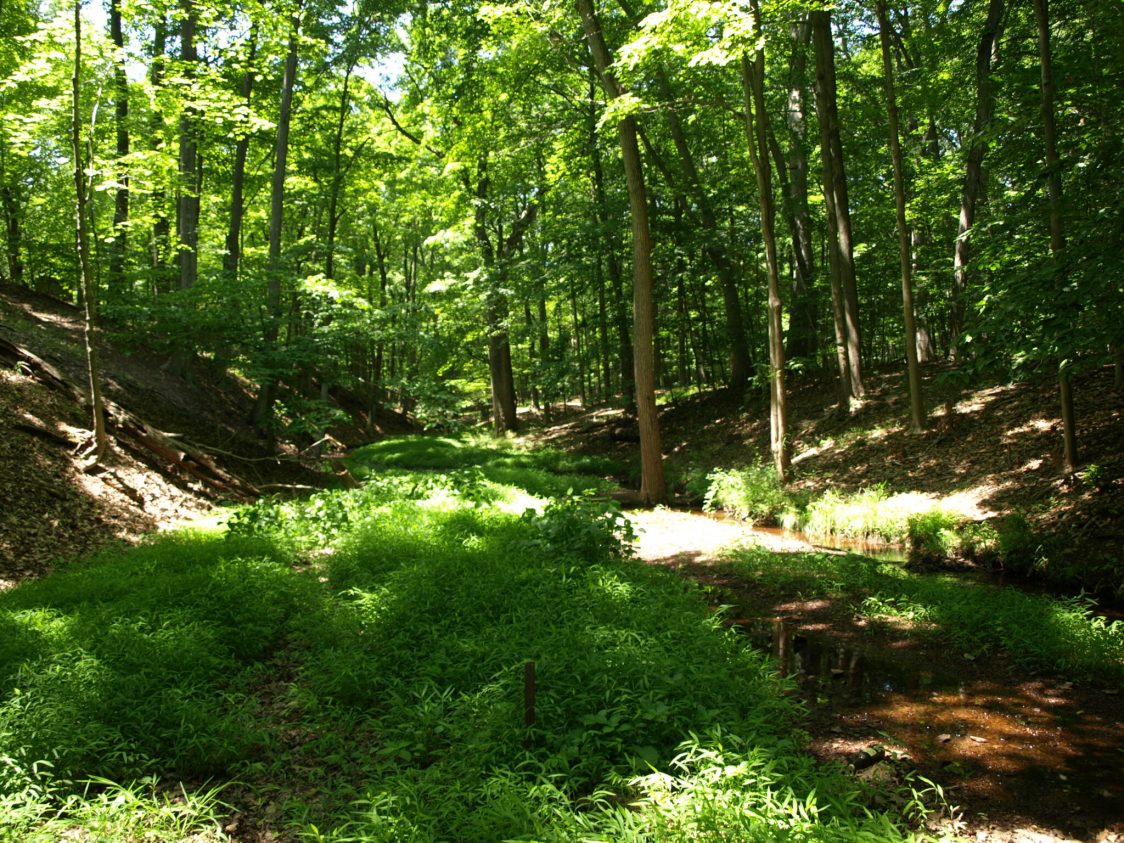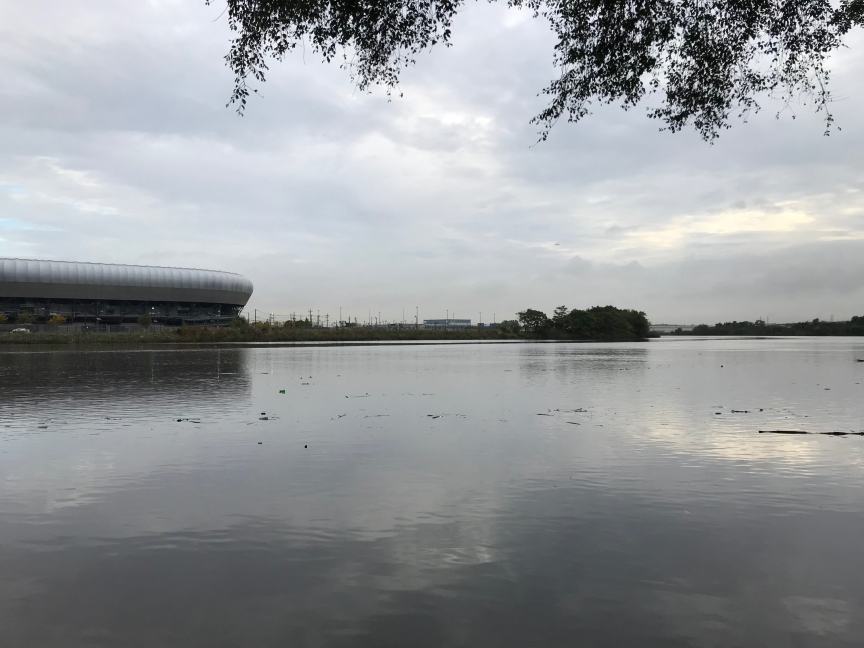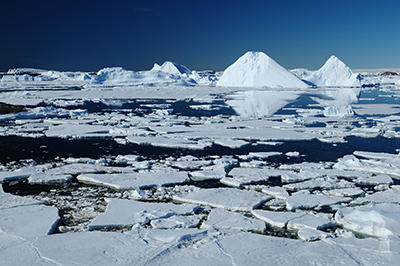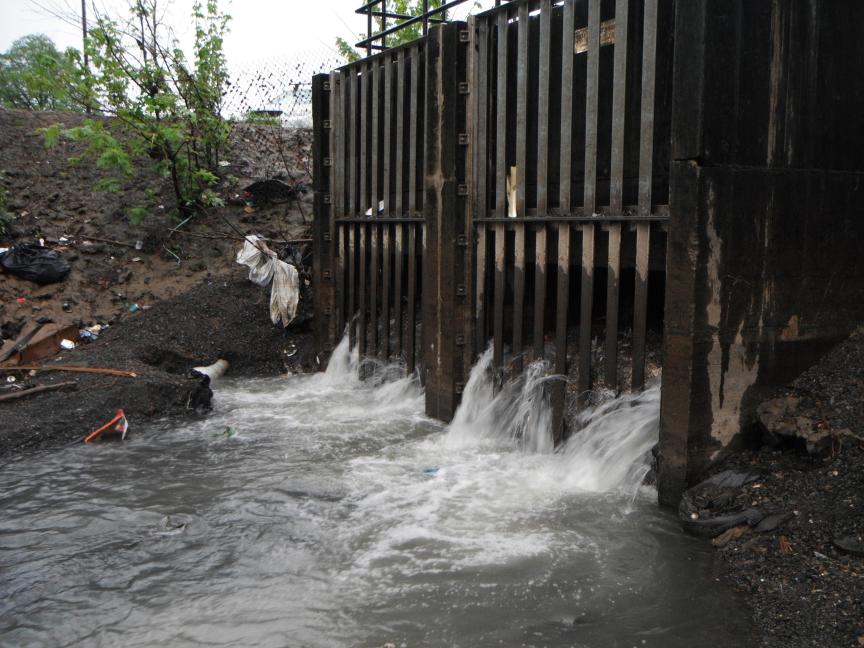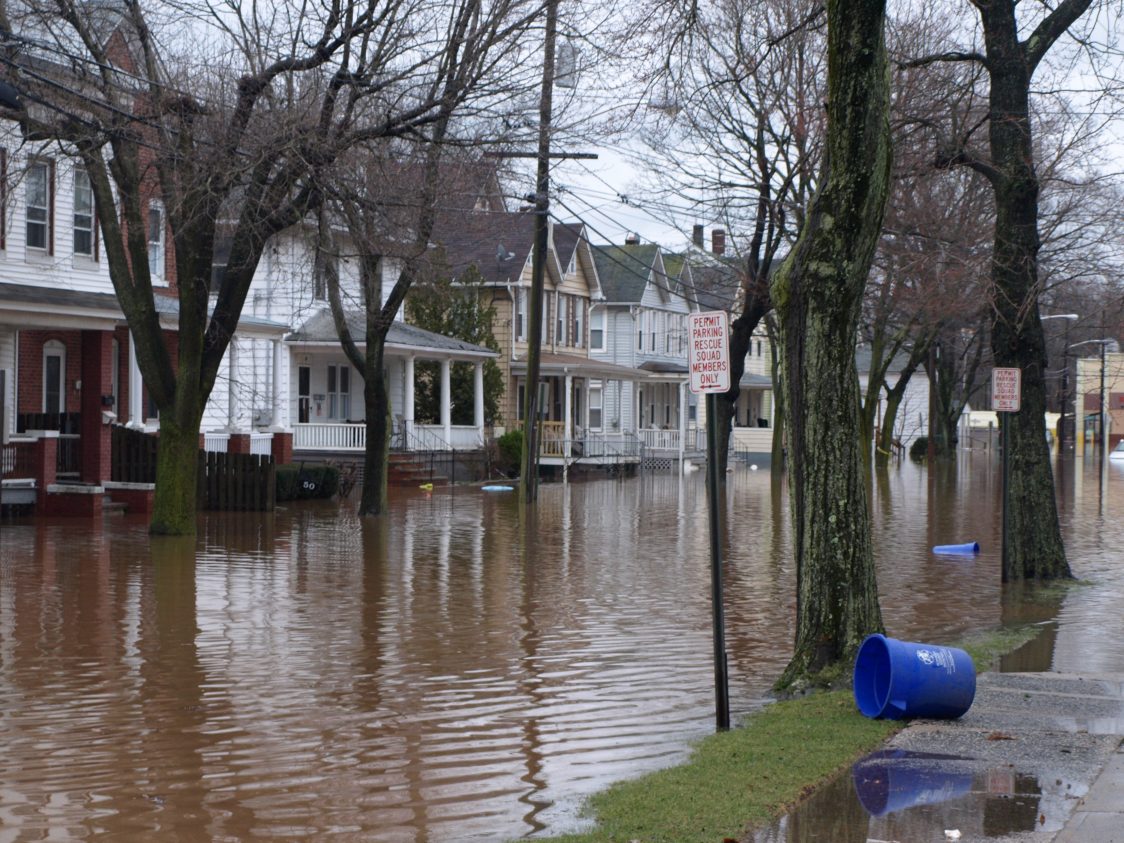By Carol Peters As 400 acres of contiguous forest right outside of New Brunswick, the Rutgers EcoPreserve provides an ideal respite from suburbia, a living laboratory for Rutgers University, the state, and beyond, and a protected home for a variety of plant and animal species. It’s a cool, airy forest of oak, maple, cedar, elm, and hemlock trees. It’s a …
NSF News: Research reveals coral spawning features
Surprisingly, stony coral sperm and eggs share similar genetic functions By NSF Public Affairs, originally posted on August 25, 2020 During coral mass spawning events, which are in sync with the moon’s cycle, stony coral colonies simultaneously release an underwater cloud of sperm and eggs for fertilization. But how do the sperm and eggs survive as plankton before settling on …
Bacteria Can Defuse Dangerous Chemical In Passaic River
Rutgers study suggests pollutant’s toxicity could be decreased. Bacteria that can help defuse highly toxic dioxin in sediments in the Passaic River – a Superfund hazardous waste site – could eventually aid cleanup efforts at other dioxin-contaminated sites around the world, according to Rutgers scientists. Their research, published in the journal Environmental Science & Technology, needs further work to realize the full …
#EOAS in the News: July, 2020 Hottest on Record
July 2020 was the hottest month in New Jersey in 125 years of record keeping, EOAS faculty member David Robinson, who is also the New Jersey State Climatologist, told the Bergen Record in an article titled “July was the hottest month on record in New Jersey — but you figured that already, right?“ Robinson said it was the persistence of …
Rutgers’ New Global Environmental Change Grants Provide Seed Funding to Seven Projects
By Carol Peters Rutgers’ New Global Environmental Change Grants Provide Seed Funding to Seven Projects How will the Amazon forest respond to a warmer climate and more frequent droughts? How can the environmental humanities, critical social sciences, law, and planetary observation creatively collaborate to reimagine effective, just, and legitimate governance for the Anthropocene? These are just a few of the …
Climate change: The South Pole feels the heat
The extreme South Pole warming is within the range of natural variability, based on climate modeling simulations, but warming caused by humanity’s greenhouse gas emissions likely intensified it. By Todd Bates The South Pole has warmed at over three times the global rate since 1989, according to a paper published in Nature Climate Change. This warming period was mainly driven by …
Announcing New Environmental Sciences Department Chair: Donna Fennell
Message from SEBS Interim Executive Dean Laura Lawson Dear SEBS/NJAES community, I am pleased to announce that Dr. Donna Fennell has been appointed to serve as Chair of the Department of Environmental Sciences. Donna Fennell has an undergraduate degree in Agricultural Engineering from the University of Arkansas at Fayetteville; and an MS in Agricultural and Biological Engineering and PhD in …
Harmful Microbes Found on Sewer Pipe Walls
Rutgers study could lead to better disinfection methods and understanding of coronavirus and other risks Can antibiotic-resistant bacteria escape from sewers into waterways and cause a disease outbreak? A new Rutgers study, published in the journal Environmental Science: Water Research & Technology, examined the microbe-laden “biofilms” that cling to sewer walls, and even built a simulated sewer to study the germs …
Revisiting a Volcano’s Wrath
By Craig Winston 40 years ago Mount St. Helens unleashed its fury with devastating results but much has been learned from the eruption since. Four decades have passed, yet Alan Robock and Clifford Mass are still intertwined by a rare geological occurrence: a major volcanic eruption in the United States. The 40th anniversary of the Mount St. Helens’ eruption recently …
New Data Discloses Flood Risk of Every Home in the Contiguous US
The data, based on decades of peer-reviewed research, provides the cumulative risk of flooding for more than 142 million homes and properties over a 30-year mortgage. The nonprofit research and technology group First Street Foundation has publicly released flood risk data for more than 142 million homes and properties across the country. The data, based on decades of peer-reviewed research, …



